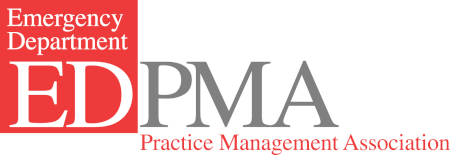Here are a few takeaways:
Increased use of IDR – but fewer ineligible disputes:
- “During the
first half of 2023, IDR entities closed 134,036 disputes, 124,827 of which
were for OON emergency/nonemergency services[.]” (The rest was for OON air
ambulance.) This total is more than 2x the total number of disputes closed
in 2022, which was 54,821.
- However, “The
percentage of disputes found to be ineligible in the first half of 2023
was substantially less than the percentage of ineligible disputes in 2022
(22% in Q1 and Q2 of 2023 versus 45% in 2022).”
Insurers’ use of QPA:
- “Researchers
found that when
insurers were the prevailing party in Q2 of 2023, the median payment
determination was 100% of QPA. In contrast, when providers were the
prevailing party in Q2 of 2023, the median payment determination was 322%
of the QPA[.]”
Providers continue to prevail in disputes by an overwhelming margin:
- Providers and
facilities were the prevailing party in approximately 77% of OON
emergency/nonemergency service and OON air ambulance service
determinations during the first half of 2023.
Top initiating parties and private equity link:
- Top initiating
parties: Team Health was number 1 in both Q1 and Q2, SCP was second in
both quarters, and Envision and Radiology Partners traded third and fourth
place between Q1 and Q2.
- Team
Health and SCP together account for over 50% of the disputes in Q1 and Q2.
- CRS draws the link to private equity:
“Provider entities with evidence of private equity affiliations comprised
5 of the top 10 initiating entities and initiated over 70% of all
disputes[.]”
A single insurer was involved in over 35% of all disputes:
- “Among
non-initiating parties for OON emergency/nonemergency service disputes, UnitedHealthcare was the
most common non-initiating party, constituting over 35% of all disputes in
both Q1 and Q2 of 2023.
- I did not
include the air ambulance data in this overview, but given the recent
attention on Multiplan, I am including this tidbit: “Among non-initiating
parties for OON air ambulance service disputes, Multiplan was the only
non-initiating party to be involved in at least 10% of disputes in either
Q1 or Q2.”
Timeline for payment determinations:
- CRS notes the
majority of determinations were made outside of the 33-day window (up to 3
business days for the IDRE to determine eligibility and up to 30 business
days to make the payment determination). In fact, the median number of
days to payment determination increased for OON emergency/nonemergency
service disputes from 52 business days in Q1 to 71 business days in Q2[.]”
- However,
the percentage of disputes resolved within the timeline increased
in Q2 versus Q1, which may indicate improvement.
- CRS
also notes that the data does not explain why the timeline was not met for
disputes so this does not necessarily indicate poor performance by IDREs,
since there are legitimate reasons (e.g., extensions) that a dispute may
take longer than 33 days. Thus, it is difficult to draw precise
conclusions about why this is happening.
- Note: CRS
provides some granular data here. They break out the median number of
business days for a determination by: quarter, whether a state has a
bifurcated system, and dispute type (batched, bundled, or single). (Table
1, p. 8)
Concentration in five states:
- In both Q1 and
Q2, over half of all disputes involving OON emergency/nonemergency
services were initiated in the same five states: Arizona, Florida,
Georgia, Tennessee, and Texas.
- CRS adds: “Of
these five states, three (Florida, Georgia, and Texas) are commonly
referred to as bifurcated states, meaning states in which some OON
emergency/nonemergency services are subject to the federal IDR process and
others are subject to a specified state law or all-payer model agreement.”

